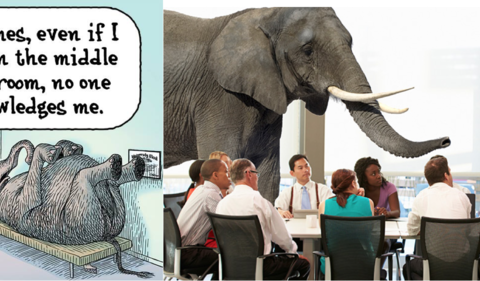Psychological science will be a key tool as we shape the future of work
Navigating the future of work is a critical part of the nation’s full recovery from the pandemic. More than a year of stress and uncertainty has worn down the workforce, with nearly two thirds of employees reporting that poor mental health has affected job performance and at least 40% reporting burnout. To help employers address these issues, APA has been promoting the importance of psychological considerations for employees’ safety and health in the workplace.
It is heartening to see CEOs incorporating psychology into their pandemic workplans. A growing number of employers are offering affordable access to mental health care and training managers to recognize mental health challenges among staff.
APA’s commitment to re-envisioning the future of work goes beyond simply reacting to the current pandemic. Through partnerships with American City Business Journals, Business Group on Health, and others, APA is elevating employers’ understanding of psychological science that promotes employee productivity and mental wellness and strengthens overall organizational performance through reduced turnover and decreased health care costs. Drawing on research from industrial-organizational, social, cognitive, and developmental psychology, APA is proactively supporting others in building psychologically healthy work environments and promoting employees’ health.
This perspective involves five interconnected domains:
- Employee involvement: Empowering staff by involving them in decision-making and providing autonomy.
- Work-life integration: Providing flexibility around when, where, and how staff work.
- Employee growth and development: Expanding employees’ knowledge and skills and helping develop their careers.
- Employee recognition: Rewarding employee contributions.
- Health and safety: Maximizing staff health by preventing, assessing, and treating potential risks and encouraging healthy behaviors.
APA is “walking the talk” by continuously striving to improve how we apply these science-based tenets to our organizational culture. One example is how we communicate with staff about APA’s future of work. We provide as much certainty as possible to reduce staff stress. We provide multiple mechanisms for staff to give feedback on organizational decisions. We are intentional about the language we use to set accurate staff expectations—framing this as “transitioning to a post-pandemic work environment” rather than “going back to the building.”
On average, people spend 90,000 hours of their lifetime at work. We must help rebuild the nation’s workforce by using psychological science to ensure support for the mental health and well-being of our employees and their families.
By: Arthur C. Evans








